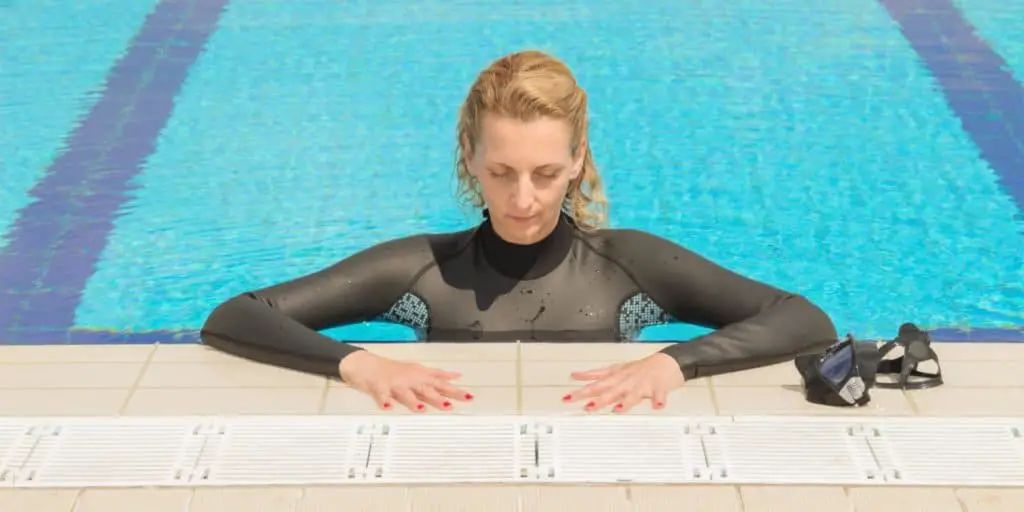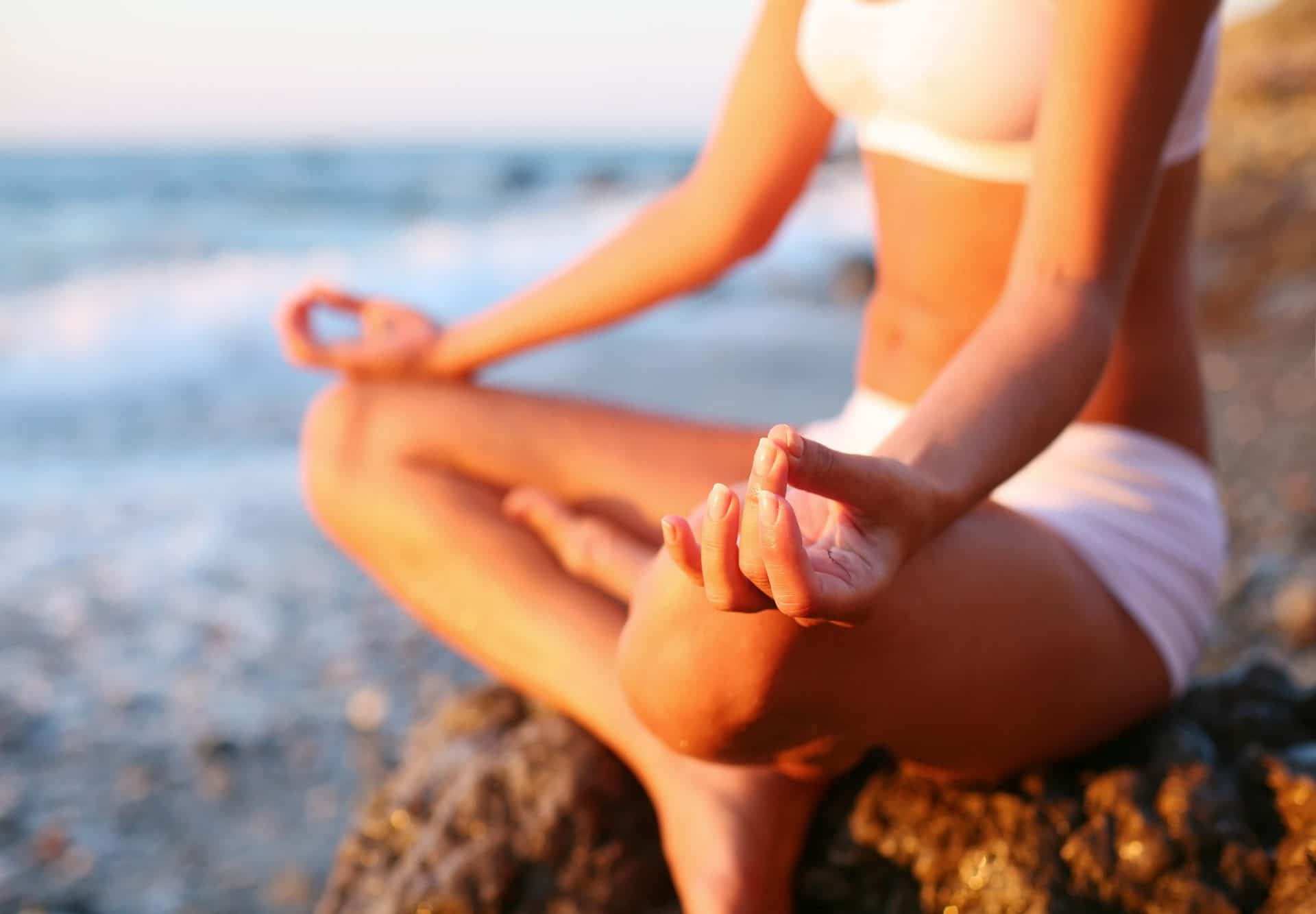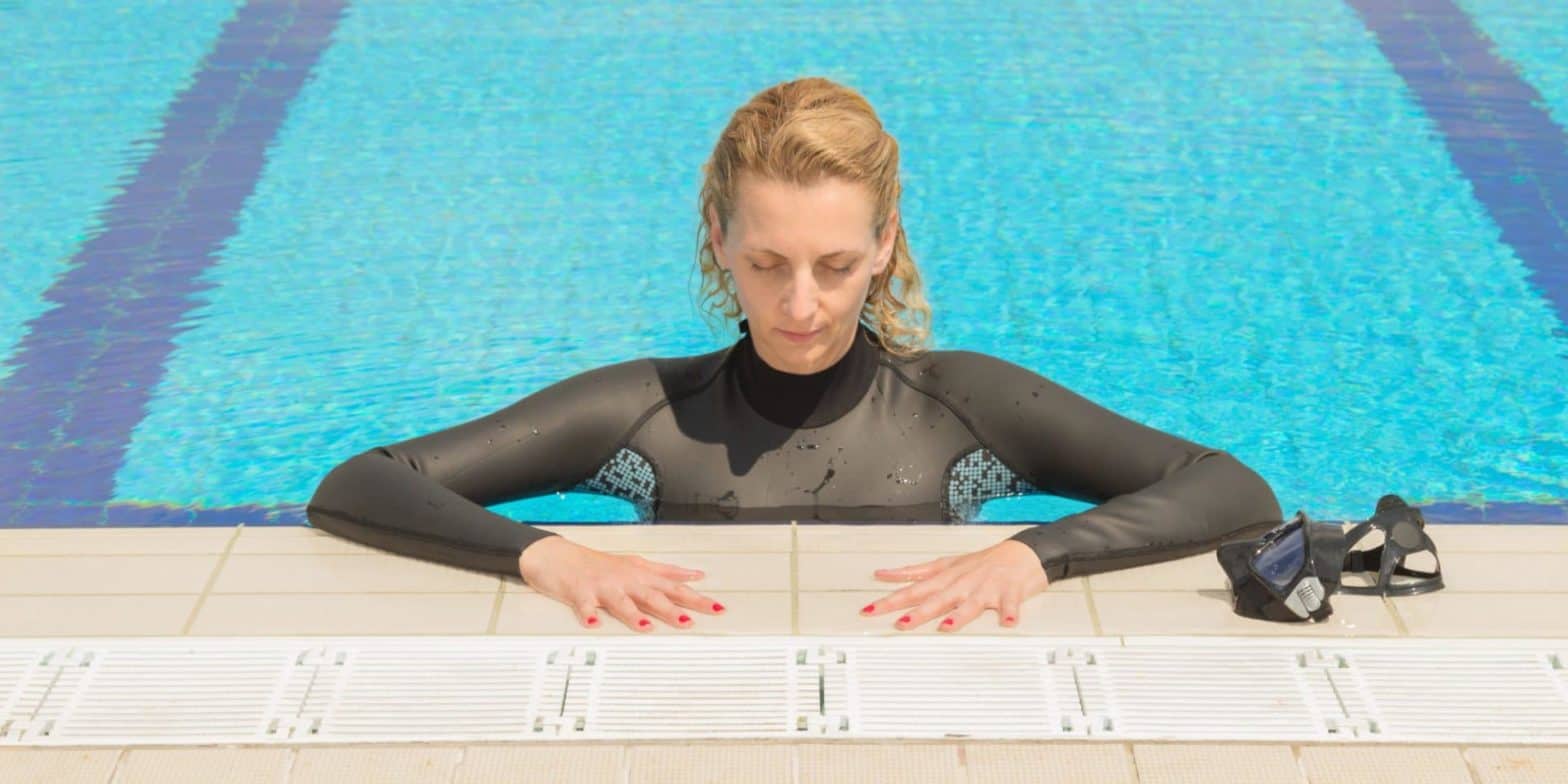Table of Contents

Derived from the 2,500-year-old Buddhist practice known as Vipassana (also called Insight Meditation), mindfulness meditation represents a research-based form of meditation that is designed to heighten our perception of inner and outer experience while showcasing acceptance, compassion, and patience. Mindfulness seems difficult at first, though many but practicing mindfulness are truly feasible and the one practicing this form of meditation achieves a stable and calm mind.
At the heart of mindful meditation, is cultivating an awareness that is:
*This post may contain affiliate links. As an Amazon Associate we earn from qualifying purchases.
- Stable
- Isn’t judgemental
- Clear
More importantly, though, when achieving such states of mindfulness, people will find themselves dealing with the pressures of everyday life calmly and with clarity.

Research even shows that the practice of mindfulness meditation has a positive effect on memory in teenagers. According to Kristen Jastrowski from the University of Cincinnati, mindfulness exercises and practicing mindful meditation has been scientifically proven to enhance a person’s working memory capacity.
“Theoretical and experimental research suggests that mindfulness meditation is associated with changes in neural pathways and may be particularly effective in promoting executive functioning,” researchers explain.
Mindfulness Meditation: How to Start
As with any new thing, the only real hurdle is getting started. Of course, we tend to overthink many actions, and meditation is one of them. Yet for any reason you may come up with that meditation is not something that you should do, be sure that there is a valid counterargument. Most often, people invoke one of the following: that meditation sounds boring, that sitting still is not something they enjoy doing, that they simply lack the time, that their minds are focused on way too many things or that they’re afraid of being alone.
Meditation also helps you deal with difficult emotions because it gives you the opportunity of entertaining that question at a deeper level. Fear, for instance, is one of our primal emotions and it’s particularly natural to experience. Being able to recognize it (and this is done through cultivating awareness) is important, since you won’t allow it to control you.
Even so, starting out with only a few mindfulness exercises will be enough to prove to you that meditating is something easily achievable. Research has shown that mindfulness meditation helps lower stress. In fact, mindfulness based stress reduction should be one of the main reasons you decide to give this a try in the first place.
But how does one go about reducing stress through mindfulness?
There are three simple step for any beginner:
- find a good seat
- concentrate on breathing
- return when your attention wanders.
Simple!

Ideally, you should seek out places with little distraction. Though some prefer to meditate in the dark, it’s recommendable to do so in natural light. Make sure to decide for how long you wish to meditate (when you’re first starting out, it may be easy to obsess over how much longer you plan on meditating instead of actually doing the work). Set a timer and decide to end your meditation exercise when the timer goes off.
Be sure to sit comfortably (wither on a meditation cushion or a chair) and straighten your upper body so that your posture is good. Place your hands on the top of your legs and place your arms parallel to your body. While it’s not necessary to close your eyes while meditating, you may do so if you feel like it.
The idea behind good posture is simple: in Buddhist belief, the body and the mind are intimately connected. Consequently, energy flows naturally through the body when it is erect rather than bent. In fact, slouching or assuming an unnatural position is believed to affect your thought process.
Being conscious of our own body is another essential part of meditation mindfulness. It’s essential to actually inhabit our body and consciously feel every part of it. So before beginning the session itself, you can simply spend some time coming into the meditation posture: feeling your spine as it is elongating, feeling your legs as they are crossed in a relaxed position.
Focus on your breath. For a few moments, follow your breath as it goes in and out. As time passes by, your attention will inevitably wander and you’ll find yourself thinking about other things. As soon as you notice such a shift, gently return your attention to the breath going in and out. Judging will do you no good, neither will criticizing yourself or the content of your thoughts.
Meditation mindfulness and the awareness you cultivate will help you better cope with the struggles of everyday life. Of course, at the beginning, you will be meditating for shorter periods of time (say five to ten minutes, twice a day). Yet, as time goes by, your determination will help you prolong those sessions.
Choosing the Mindfulness Program That Is Right for You
While you may go about discovering mindful meditation on your own, there is a multitude of programs that target particular problems you may be facing: such as addiction, depression, or need.
Mindfulness-Based Initiatives
One great solution is to join a program that has been constructed around the practice of mindfulness. Back in 1979, Jon Kabat-Zinn formed such an initiative: Mindfulness based Stress Reduction. Since then, Jon Kabat Zinn mindfulness programs have steadily added participants, so that, nowadays, you can find them in virtually any city.
There are mindfulness based cognitive therapy programs that focus on depression and exploring negative mental habits leading to such disorders. Others focus on helping parents-to-be cultivate constructive parenting and mindful living practices. Relapse prevention or mindfulness based eating awareness are other programs aimed at discovering the mental patterns leading to certain addictions and how meditation can support a person’s recovery.
Guided Meditation
Guided meditation is also a great way to start your mindful meditation journey, and with today’s technology, it’s become as easy as pressing a button. You can download hundreds of guided meditations directly on your smartphone and commence meditating once you hit “Play”.
Visiting a Meditation Center
It’s true that some meditation centers associate themselves with religious organizations. Nevertheless, there are some that offer non-denominational meditation classes and community meditation opportunities as well as workshops and online talks. The mindfulness center at UCLA, the University of Pennsylvania and even the University of Massachusetts are just some of the alternatives worth mentioning.
They feature a multitude of online and virtual courses aimed to better guide you through the process of meditation mindfulness.
Regardless of the form you choose to learn mindful meditation, remember that you will be achieving numerous things: you will effectively change the way that you recognize and interact with stressors while, at the same time, reducing the effects of chronic stress. You will cultivate the awareness needed to deal with day-to-day issues clearly and calmly. And more importantly, you will actively promote your well-being and health (both mind and body).

